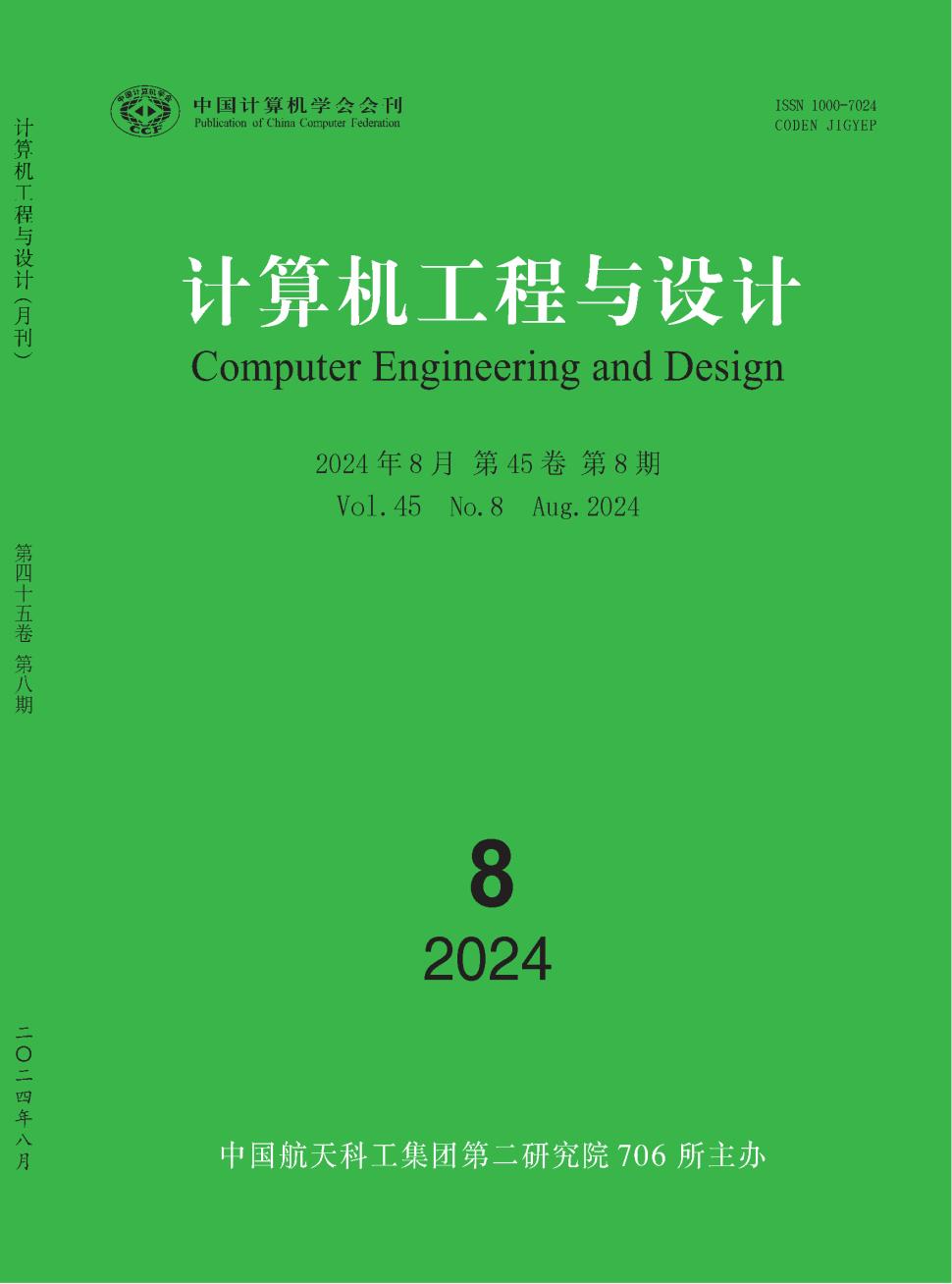A peer, “wallet-only” consensus schema for ownership transfer over finite populations
引用次数: 0
Abstract
Consensus achievement is a scalable process, which relies on the mutual “Proof of something” among the consenting parties. Not every application has the same consensus needs: a classification of escalating complexity proofing cases is presented in [1], where it is proved that high complexity consensus policies can be effectively delivered on a pure P2P manner even over finite, even trivial capacity systems. The Proof of Existence (PoE) is utilized there as a minimal universal proofing case, the increased complexity of which is too high to be handled by a single atom, yet it can be delivered effectively on a collective basis. Irrespective of the undoubtable universality and soundness of PoE, it constitutes but the first and least-demanding proofing class identified. Universal consensus achievement on ownership transfer and monetary transactions requires elevated complexity proofing policies, capable of safeguarding the uniqueness of the transferred tokens as well as the finality of the transactional blockchain. In this work we present a pure P2P consensus schema for ownership transfer over finite populations. It relies on the IoT micro-Blockchain architecture which delivers a robust verifiable atomic consistency framework and facilitates the delivery of Proof of Originality-PoO and Proof of Consistency-PoC based consensus. We assert that PoO and PoC are necessary and capable to deliver robust consensus on ownership transfer transactions, and we study their traits over finite populations.一个对等的,“仅限钱包”的共识模式,用于有限人群的所有权转移
达成共识是一个可扩展的过程,它依赖于同意各方之间的相互“证明”。并非每个应用都有相同的共识需求:[1]中提出了一种不断升级的复杂性证明案例分类,证明了即使在有限甚至微不足道的容量系统上,高复杂性的共识策略也可以以纯P2P的方式有效地交付。存在证明(PoE)在这里被用作最小的通用证明案例,其增加的复杂性太高,无法由单个原子处理,但可以在集体基础上有效地交付。尽管PoE具有无可置疑的通用性和可靠性,但它只是确定的第一个也是要求最低的证明类别。在所有权转移和货币交易方面达成普遍共识需要更高的复杂性证明政策,能够保障转移代币的唯一性以及交易区块链的最终性。在这项工作中,我们提出了一个纯P2P共识模式,用于有限种群上的所有权转移。它依赖于物联网微区块链架构,该架构提供了一个强大的可验证原子一致性框架,并促进了基于共识的原创性证明- poo和一致性证明- poc的交付。我们断言,PoO和PoC是必要的,并且能够在所有权转移交易中提供强大的共识,我们研究了它们在有限种群中的特征。
本文章由计算机程序翻译,如有差异,请以英文原文为准。
求助全文
约1分钟内获得全文
求助全文
来源期刊
自引率
0.00%
发文量
20353
期刊介绍:
Computer Engineering and Design is supervised by China Aerospace Science and Industry Corporation and sponsored by the 706th Institute of the Second Academy of China Aerospace Science and Industry Corporation. It was founded in 1980. The purpose of the journal is to disseminate new technologies and promote academic exchanges. Since its inception, it has adhered to the principle of combining depth and breadth, theory and application, and focused on reporting cutting-edge and hot computer technologies. The journal accepts academic papers with innovative and independent academic insights, including papers on fund projects, award-winning research papers, outstanding papers at academic conferences, doctoral and master's theses, etc.

 求助内容:
求助内容: 应助结果提醒方式:
应助结果提醒方式:


